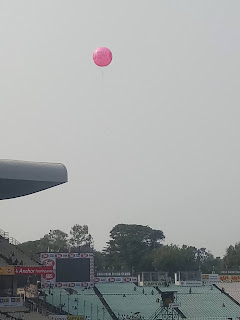Uttarpara Library and Raja Peary Mohan College

Uttarpara Jaykrishna Public Library is a district library and is the first of its kind in Asia . Located in Uttarpara, a small town on the banks of the Hoogly river , this library was established by Raja Jaykrishna Mukherjee from his personal collectibles and was opened to the public in 1859. As early as 1853, Jaykrishna's plan for public library became well known. For this project the Samvad Bhaskar showered praises on him. It was the most notable of his contributions in the field of education. He selected the finest spot on the banksof the Hugli river as the site for the library. Built in the form of Indo-European architechture, the two storeyed building bears columns, pedimental arch, marbeled floor and pillared varendah. The lower hall and the spacious rooms on either side were used as stack rooms. The reading room on the ground floor opened to the grand staircase which led to the upper storey. The upper hall served as a lecture theatre and ...


